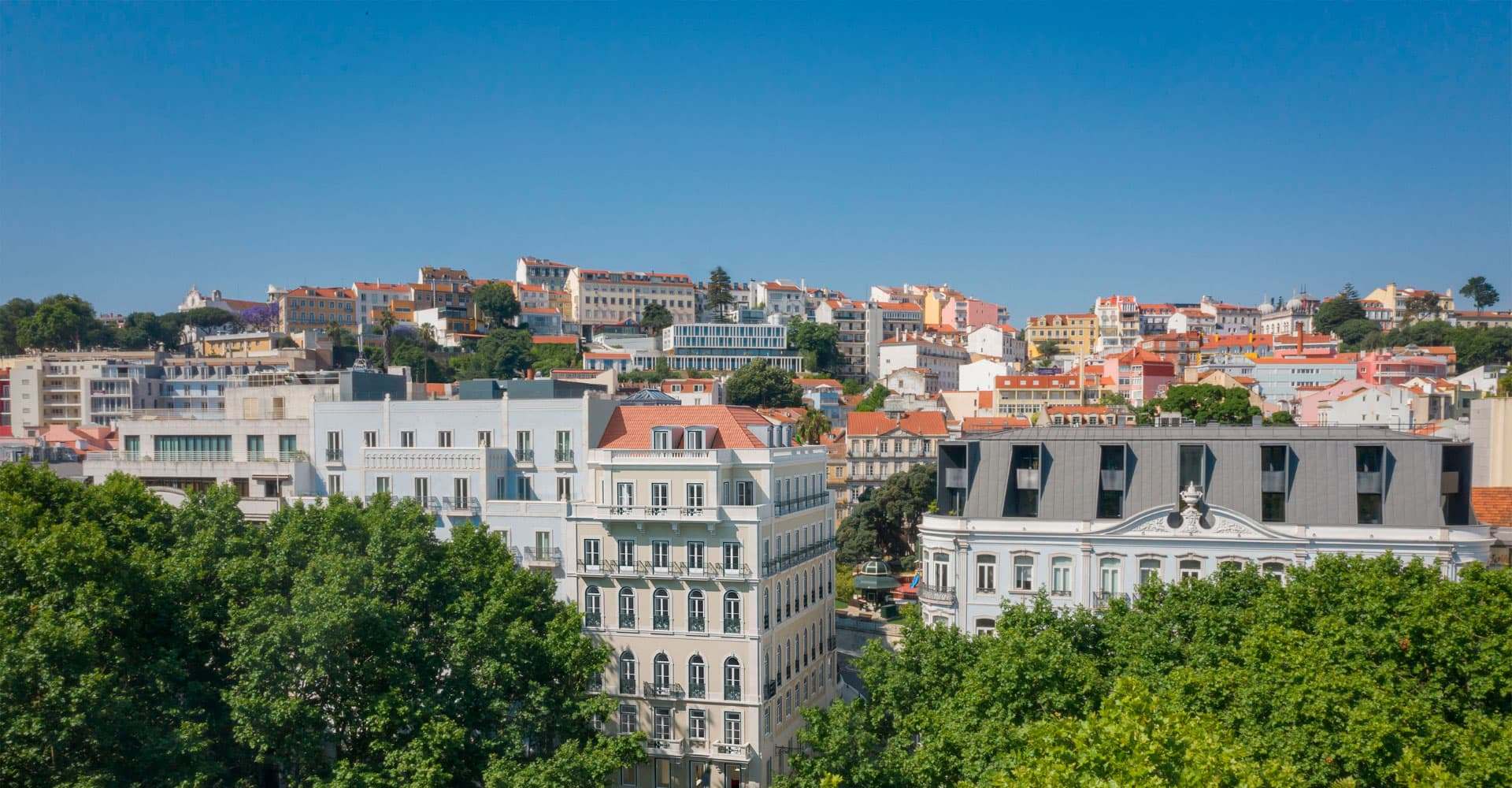
This project located between Avenida da Liberdade and Praça da Alegria, served as the residence of the Keil family until the mid-20th century. The family’s most famous member was Alfredo Keil who composed the music for “A Portuguesa” – the Portuguese national anthem. He also gave his name to Praça da Alegria’s garden. Architect Francisco Keil do Amaral, Alfredo Keil’s grandson, was another distinguished member of this family.
The building was built in 1846 by Felix Nicolau Caleia. Years later, on July 13th, 1886, one of his descendants, Alexandre Caleia, sold it to Hans-Christian Keil, a german tailor who settled in Lisbon in the mid-19th century. After buying the property, Hans-Christian Keil expanded it in 1888. On June 22nd he got the municipal permit for the works, having concluded them within a year. The renewed building consisted of shops, a mezzanine, 3 floors, an attic, and a garden on the first floor. Surprisingly, those dates coincide with the inauguration of the Avenida da Liberdade (1886), and the conclusion of its layout (1888), where there used to be the property that was demolished along with Passeio Público, a romantic public garden which was replaced by the new avenue.
This project located between Avenida da Liberdade and Praça da Alegria, served as the residence of the Keil family until the mid-20th century. The family’s most famous member was Alfredo Keil who composed the music for “A Portuguesa” – the Portuguese national anthem. He also gave his name to Praça da Alegria’s garden. Architect Francisco Keil do Amaral, Alfredo Keil’s grandson, was another distinguished member of this family.
The building was built in 1846 by Felix Nicolau Caleia. Years later, on July 13th, 1886, one of his descendants, Alexandre Caleia, sold it to Hans-Christian Keil, a german tailor who settled in Lisbon in the mid-19th century. After buying the property, Hans-Christian Keil expanded it in 1888. On June 22nd he got the municipal permit for the works, having concluded them within a year. The renewed building consisted of shops, a mezzanine, 3 floors, an attic, and a garden on the first floor. Surprisingly, those dates coincide with the inauguration of the Avenida da Liberdade (1886), and the conclusion of its layout (1888), where there used to be the property that was demolished along with Passeio Público, a romantic public garden which was replaced by the new avenue.
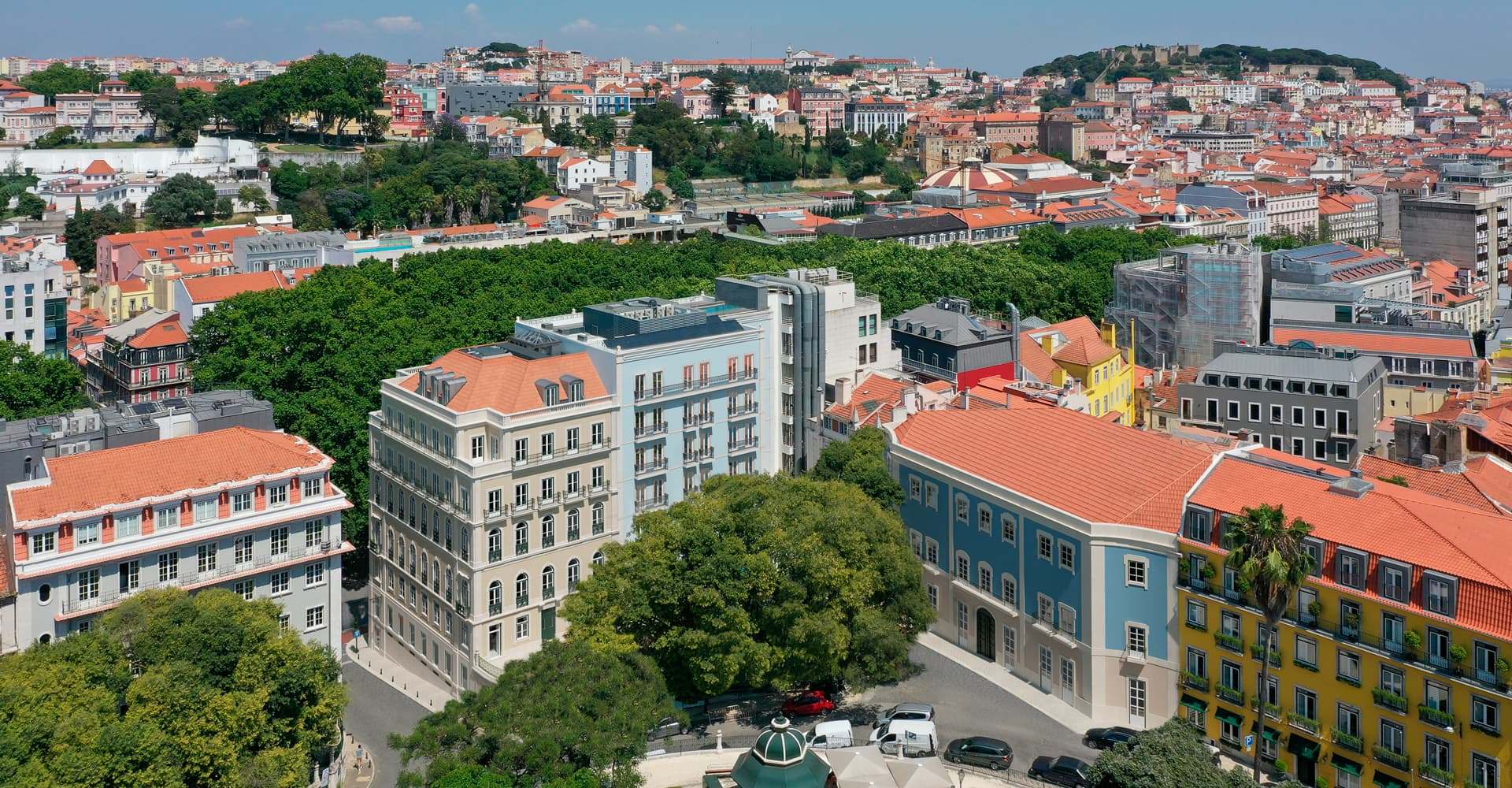
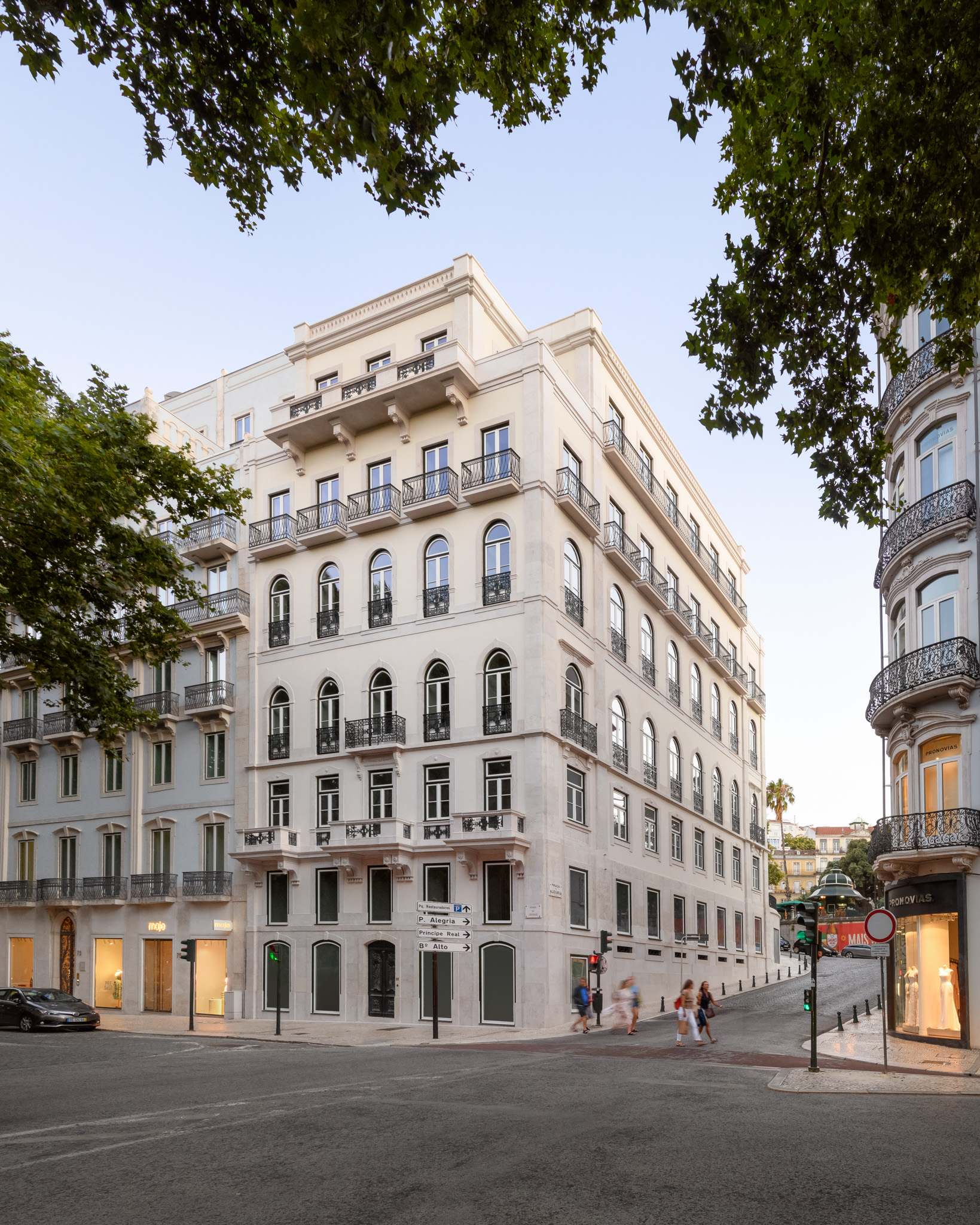
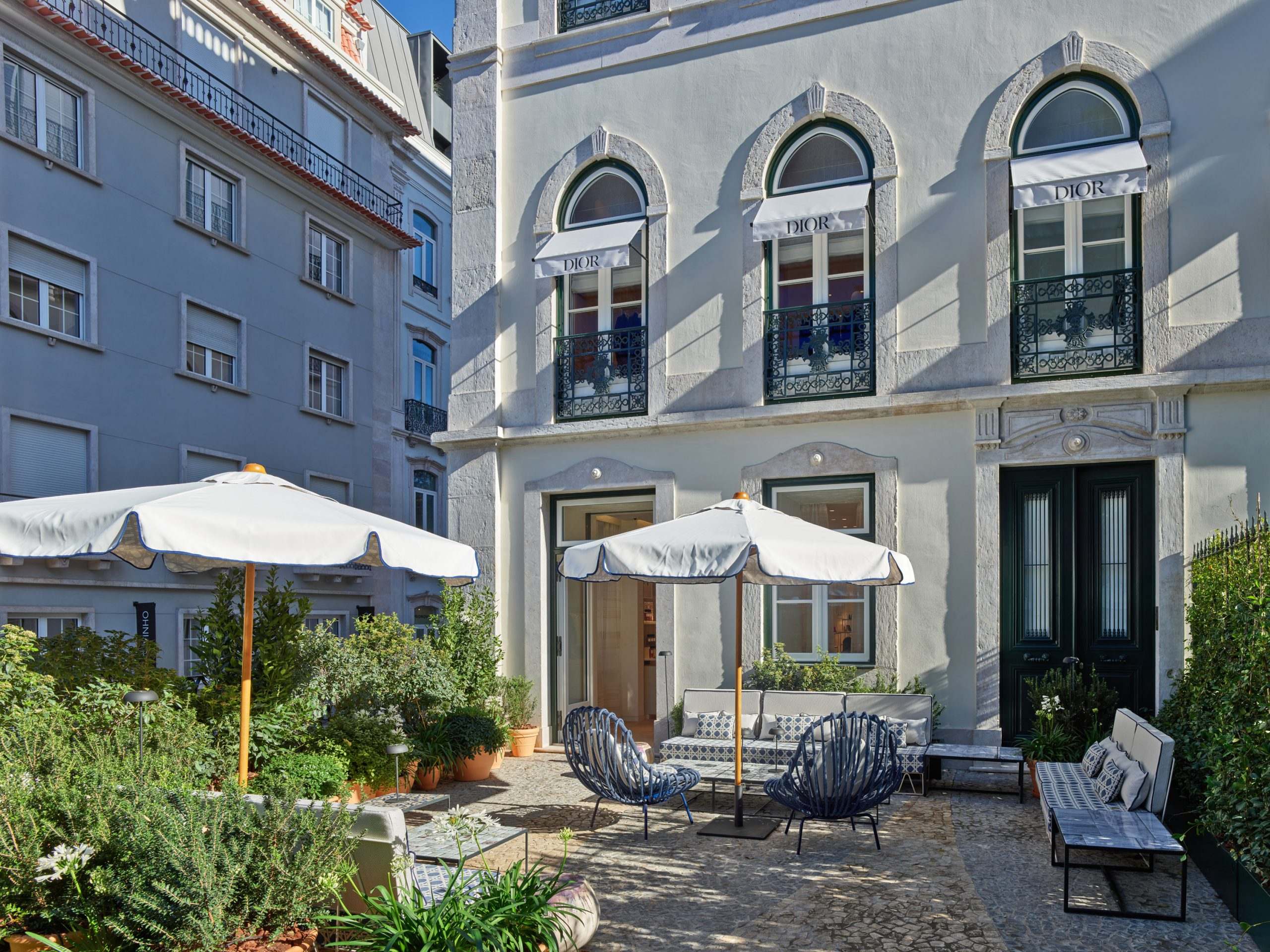
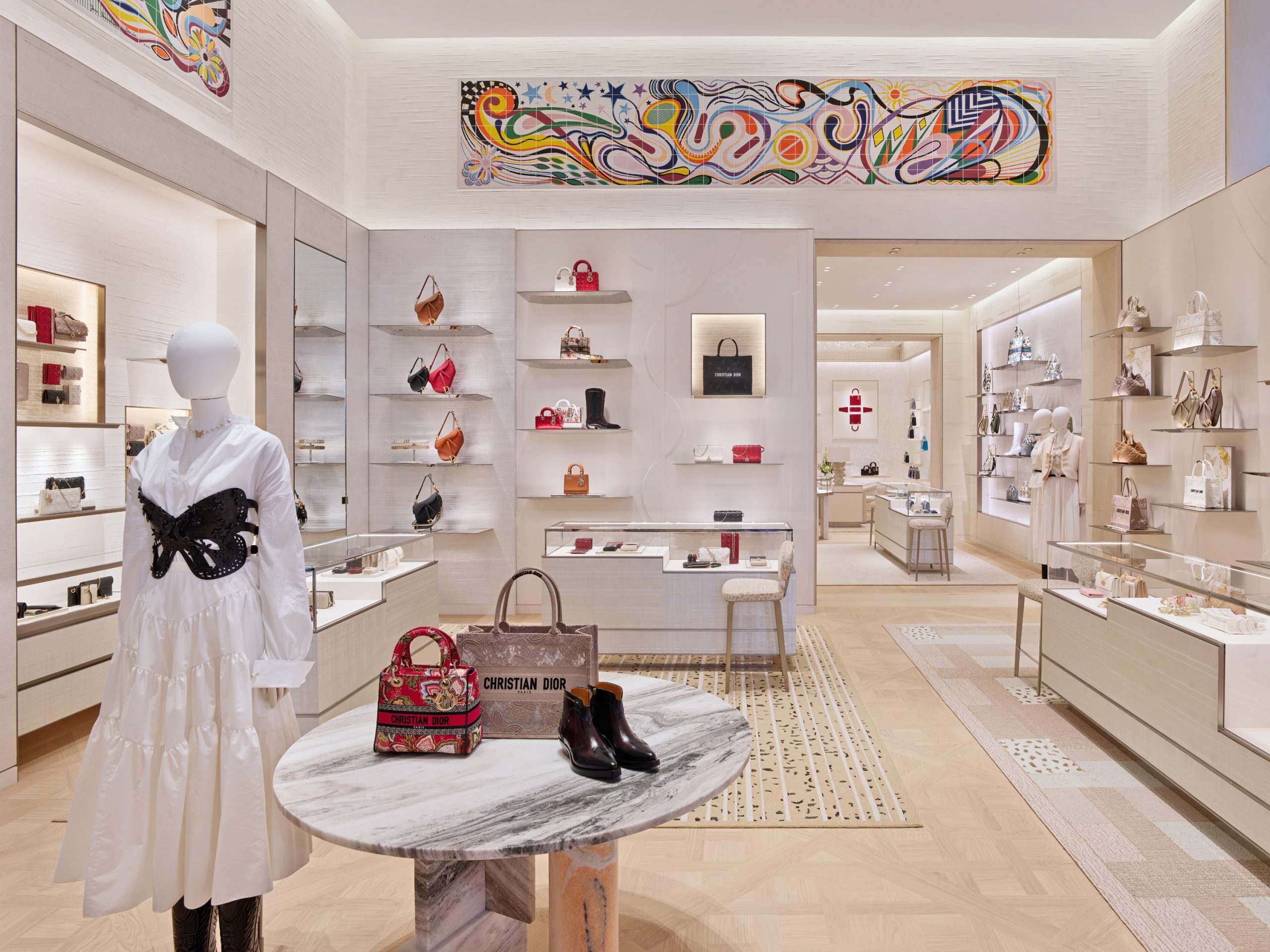

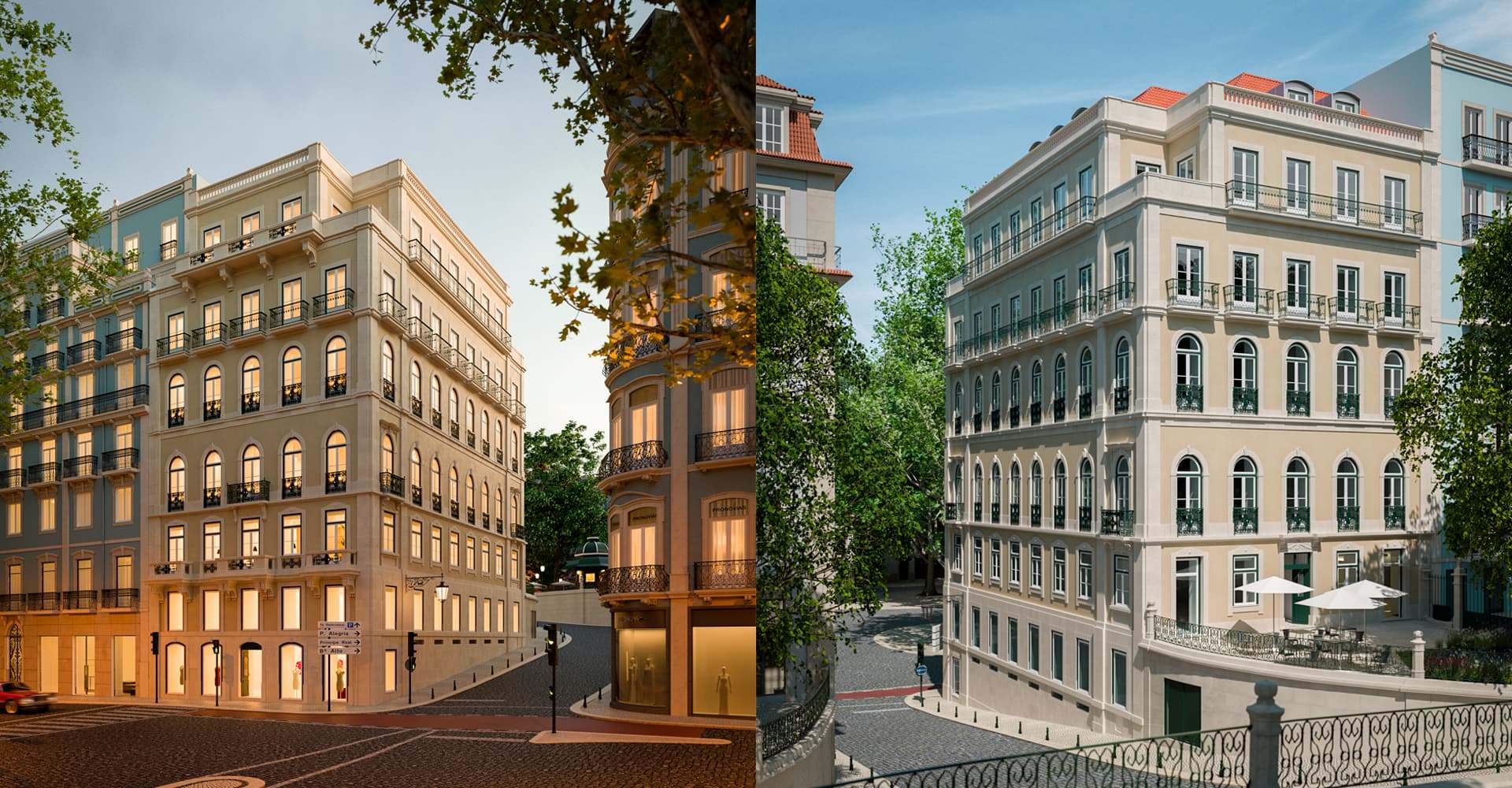
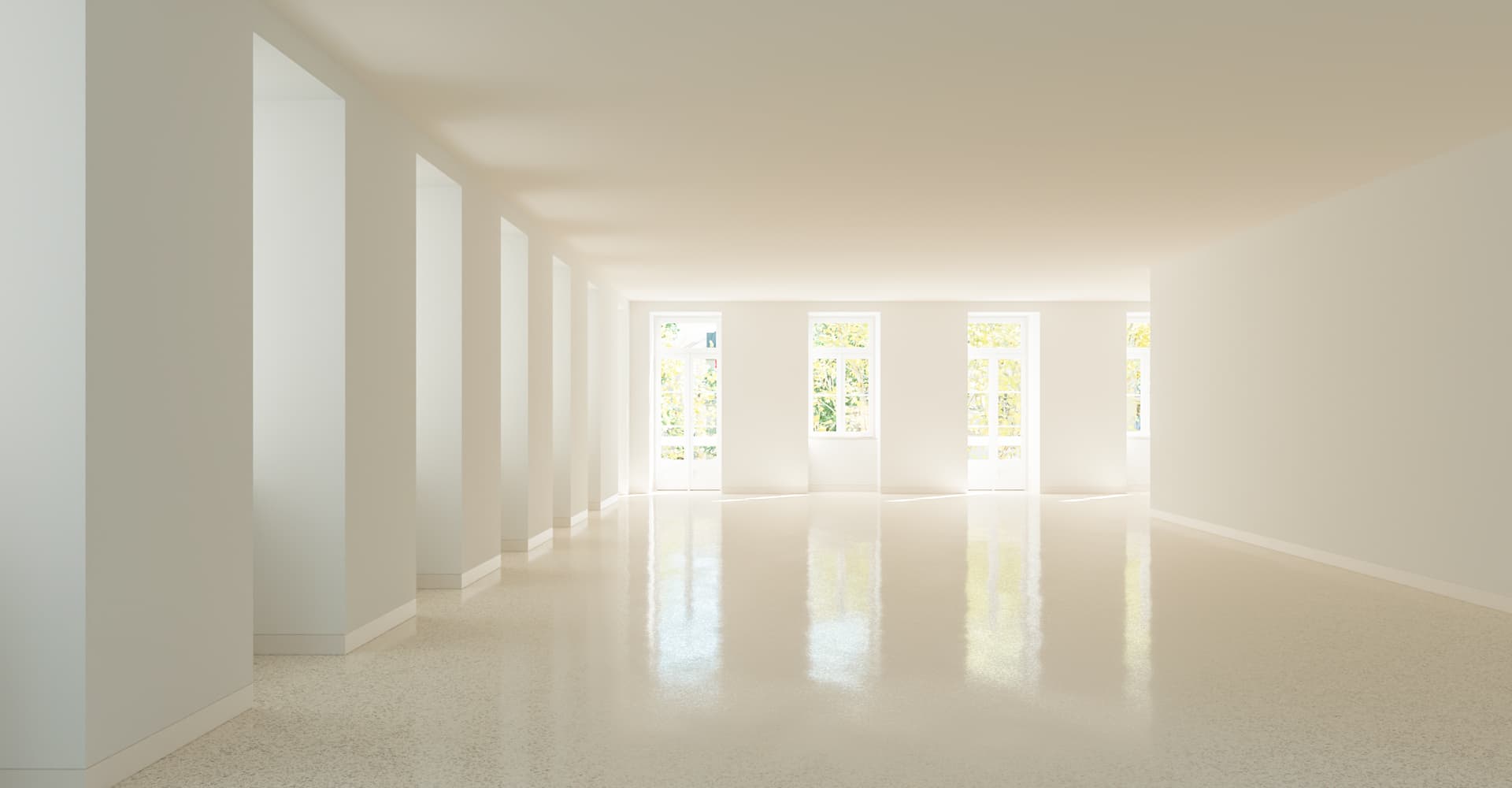
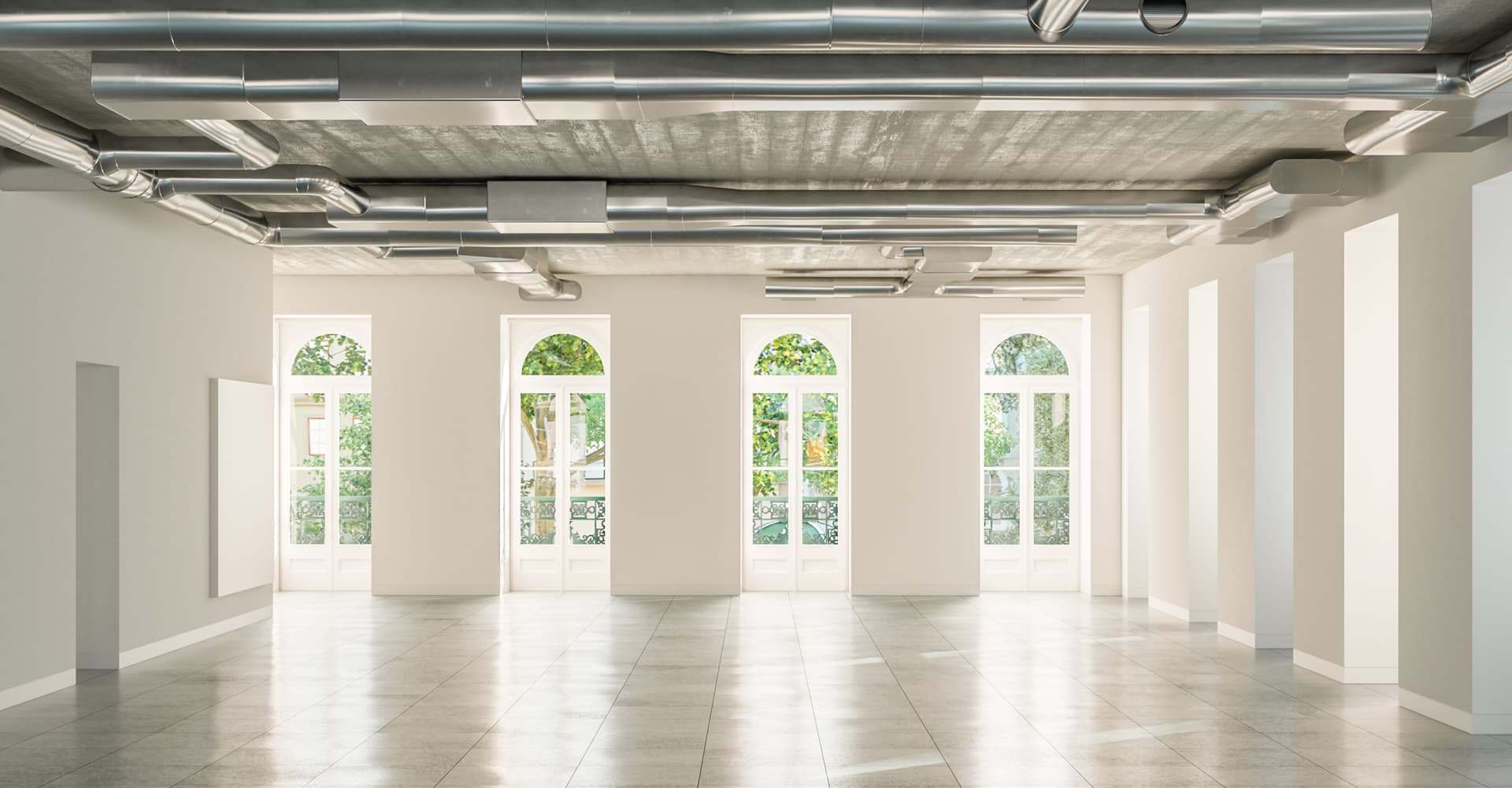
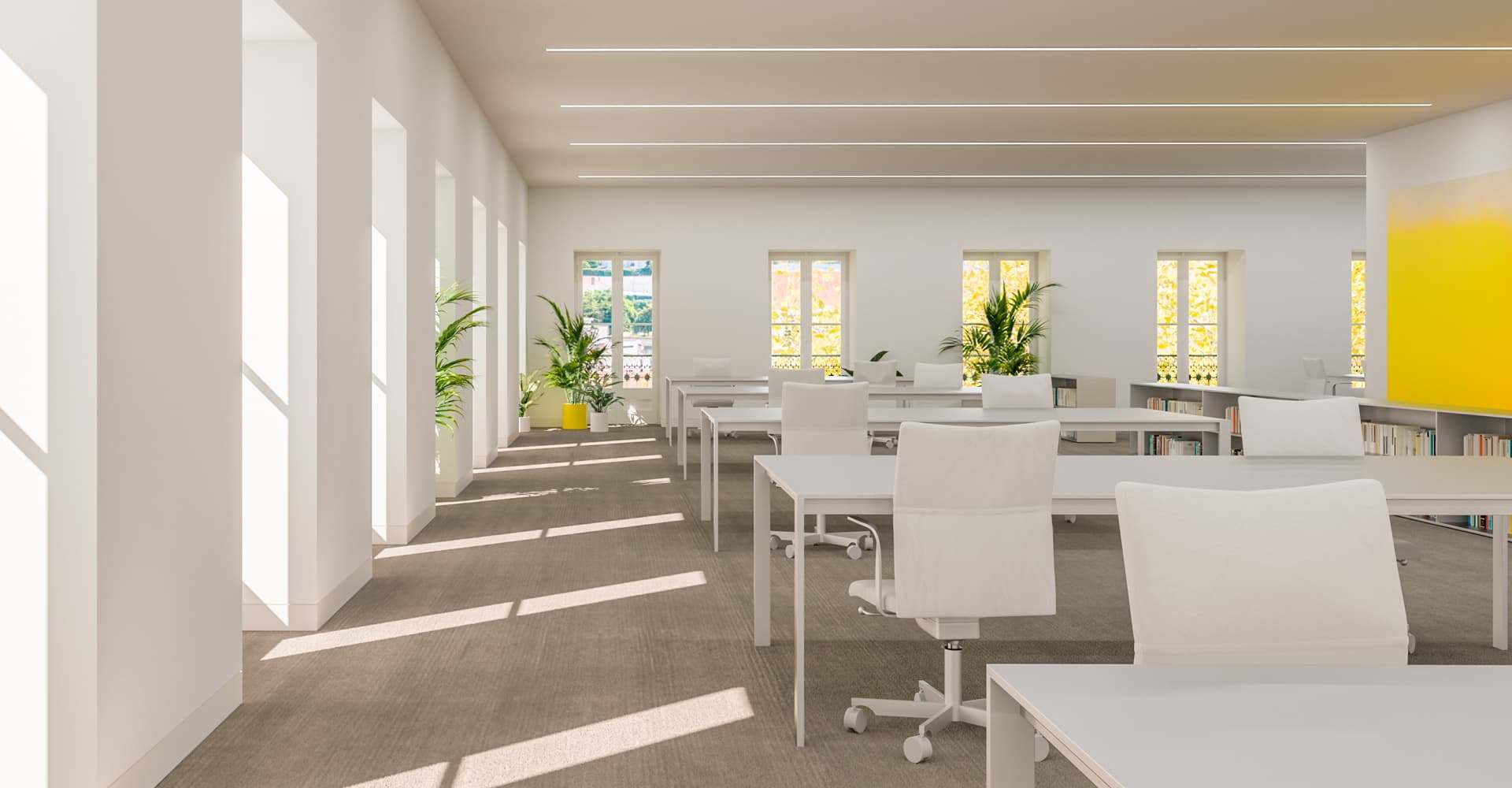
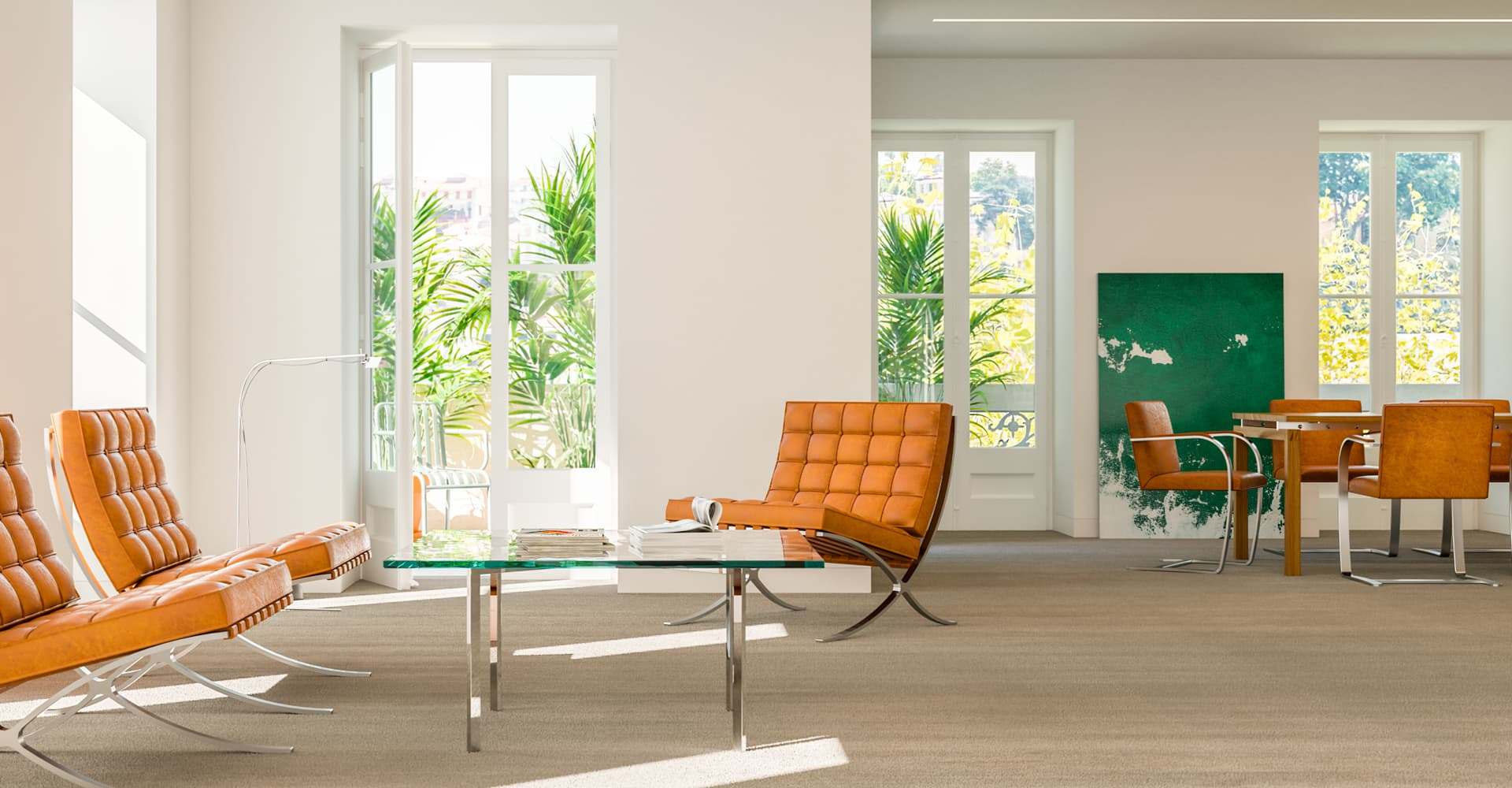

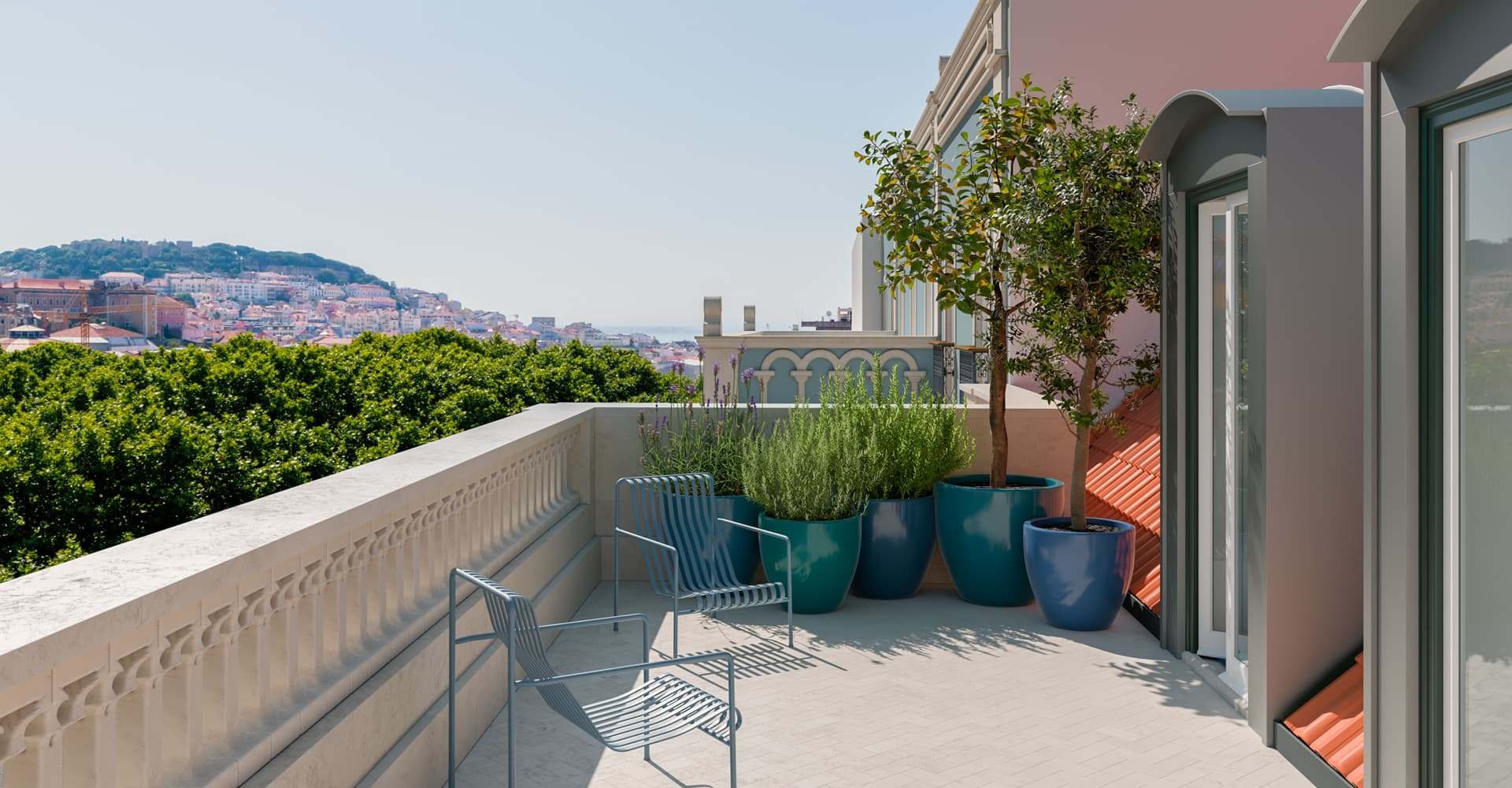
| Cookie | Duration | Description |
|---|---|---|
| cookielawinfo-checkbox-analytics | 11 months | This cookie is set by the GDPR Cookie Consent plugin. The cookie is used to store the user's consent to cookies in the "Analytics" category. |
| cookielawinfo-checkbox-functional | 11 months | The cookie is set by GDPR cookie consent to record the user consent for the cookies in the category "Functional". |
| cookielawinfo-checkbox-necessary | 11 months | This cookie is set by the GDPR Cookie Consent plugin. This cookie is set by GDPR Cookie Consent plugin. The cookies is used to store the user consent for the cookies in the category "Necessary". |
| cookielawinfo-checkbox-others | 11 months | This cookie is set by the GDPR Cookie Consent plugin. The cookie is used to store user consents to cookies from the "Others. |
| cookielawinfo-checkbox-performance | 11 months | This cookie is set by the GDPR Cookie Consent plugin. This cookie is set by GDPR Cookie Consent plugin. The cookie is used to store the user consent for the cookies in the category "Performance". |
| viewed_cookie_policy | 11 months | The cookie is set by the GDPR Cookie Consent plugin and is used to store whether or not user has consented to the use of cookies. It does not store any personal data. |